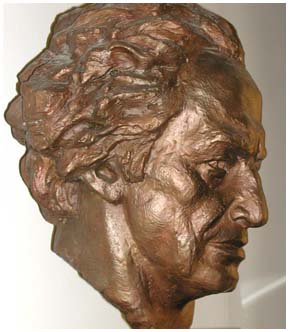
The home-museum of Aibek includes two expositions, located in the nearest houses. In an old house the Aibeks lived since 1940, the visitors can get to know with the items of the literary exposition displayed in the four halls of the museum. One can see a memorial drawing room, a library, a bedroom and writer's study where he has been working for the last 10 years of his lifetime in the house built in 1959 for the writer's guests, coming to attend the International Conference of the writers from countries of Asia and Africa.
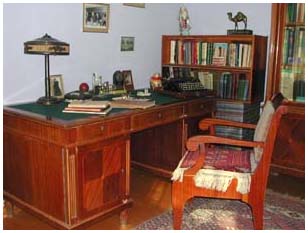
|
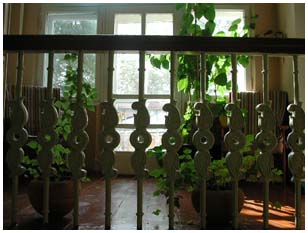
|
The literary exposition was created according to the chronological principle following the basic landmarks.
The item displayed in the first hall tell about childhood and youthful period of life of Musa Tashmukhammadogli who was born on January 10, 1905 in the family of a weaver. In the middle of 20s he studied at the Pedagogical College, later he entered the faculty of Social Sciences of Middle Asian State University and began teaching political economy at higher educational establishments. "The Capital" by Marx translated into Uzbek by Aibek in the 30s is among the exhibits. The translations of "Eugene Onegin" by Pushkin and "Tartyuf" by Molier the prominent master of the word paid great attention to, are also included into the exposition. His collection of verses, written in the 30-s are offered too. Like the other outstanding prose-writers such as Ivan Bunin, Vladimir Nabokov and Konstantin Simonov Aibek came to writing deep psychological prose through verses and he carefully treated the word until the end of his lifetime.
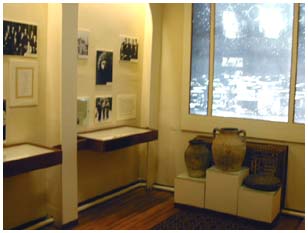
Two halls of museum are devoted to the writer's top creations - the novels "Holy Blood" and "Navoi". The first novel, written in 1940 recreated the national rebellion of the Uzbek people for the liberation in 1916. In the second novel completed in 1944 Aibek was the first writer in the Uzbek literature to create an image of the great poet and thinker Alisher Navoi.
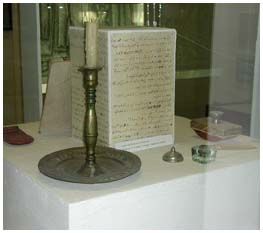
In the fourth hall of the museum the rewards the writer, academician and public figure has been awarded as well as writings by different authors awarded the Aibek Literary Prize are displayed.
Touching is acquaintance with the memorial study of Zarifa Nasirovna Saidnasirova, the Aibek's wife. She was a chemist, the author of a number of scientific works, a talented artist, the first Uzbek woman being a good hand at painting. The walls of the museum are decorated with her landscapes, which are full of lyrical spirits. She was also a daughter of a rich Uzbek manufacturer.
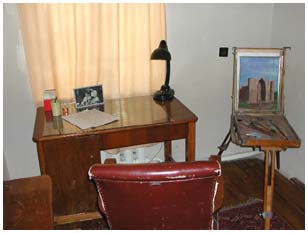
Until the end of his lifetime (he died on July 1, 1968) the relations of deep trust and mutual understanding connected him and his wife. At the end of his lifetime after having endured apoplexy and having lost the ability to write by has own hand, Aibek used to compose the text and in the evenings he dictated it to his wife to put down who understood him without words. His granddaughter Oinur Bekdjanovna Tashmukhamedova, the keeper-in-chief and the executive curator of the museum commenting on his manuscripts and other exhibits tells about it and another details of his life and creative activity. The museum was founded in 1985 and 100 years later the exposition had been renewed by the 90th anniversary of Aibek.
Main page

|

|